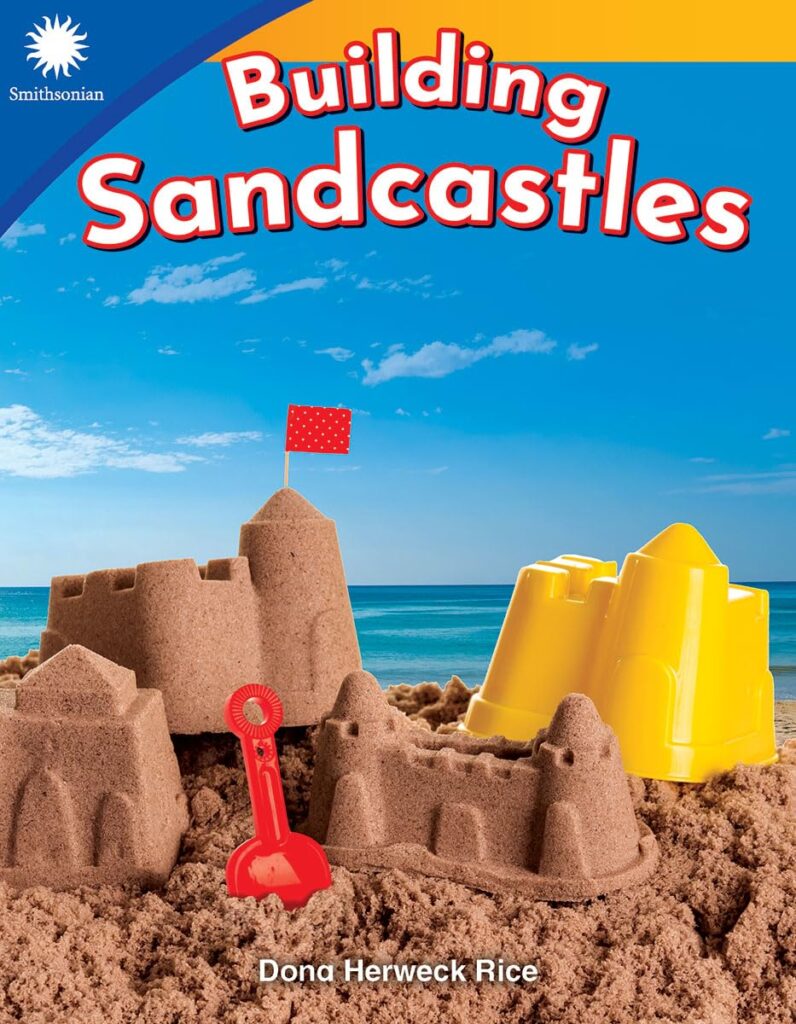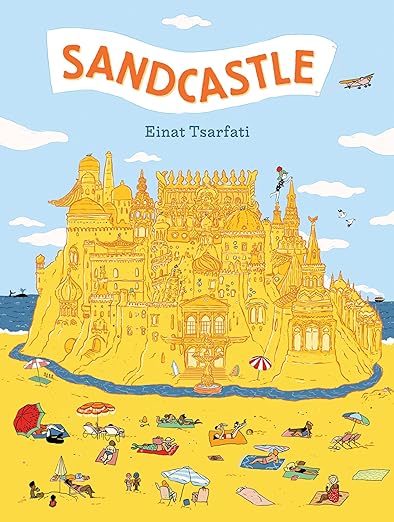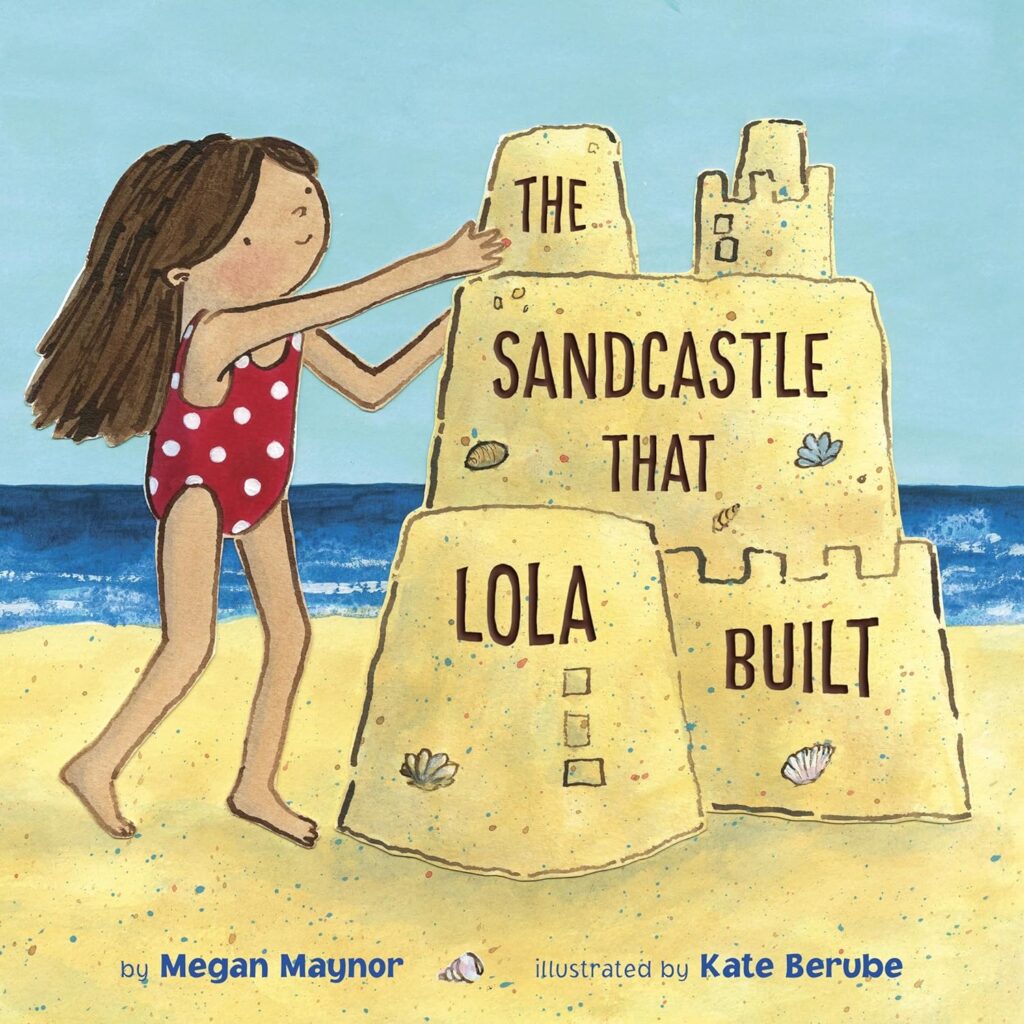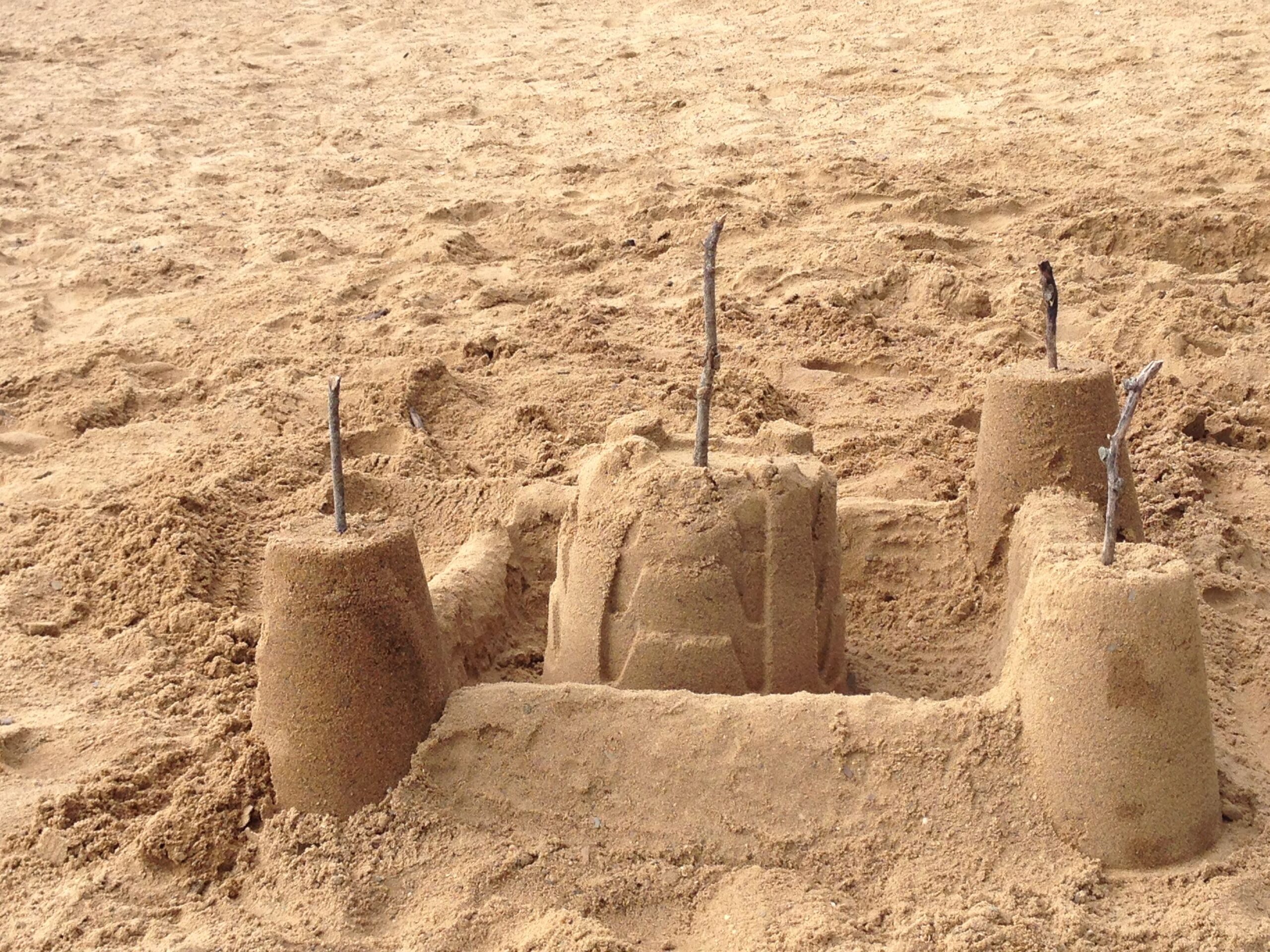
Building the Brain With Grains of Sand
“I can’t get my sandcastle to stay up," moans four-year-old Juan to his older friend Rokia. "I fill the bucket all the way to the top and I pat it down just like you did yesterday. But when I flip the bucket over, the sand just pours out! Can you help me make a sandcastle like the one you made yesterday?”
Building sandcastles can be fun or frustrating—and Juan has reached peak frustration.
“You’re doing everything right," Rokia reassures him. "You just need to dig down to the wet sand. The hot sun and wind make the sand on the surface too dry to stick together. I will help you."
She points to the sand. "If you look closely, you can see that the sand is made up of millions of tiny rocks. When the sand is dry, the rocks slide off of each other and just fall into a pile. But when the sand is wet, the water helps the grains of sand stick together. That's why you need damp sand to build a sandcastle."
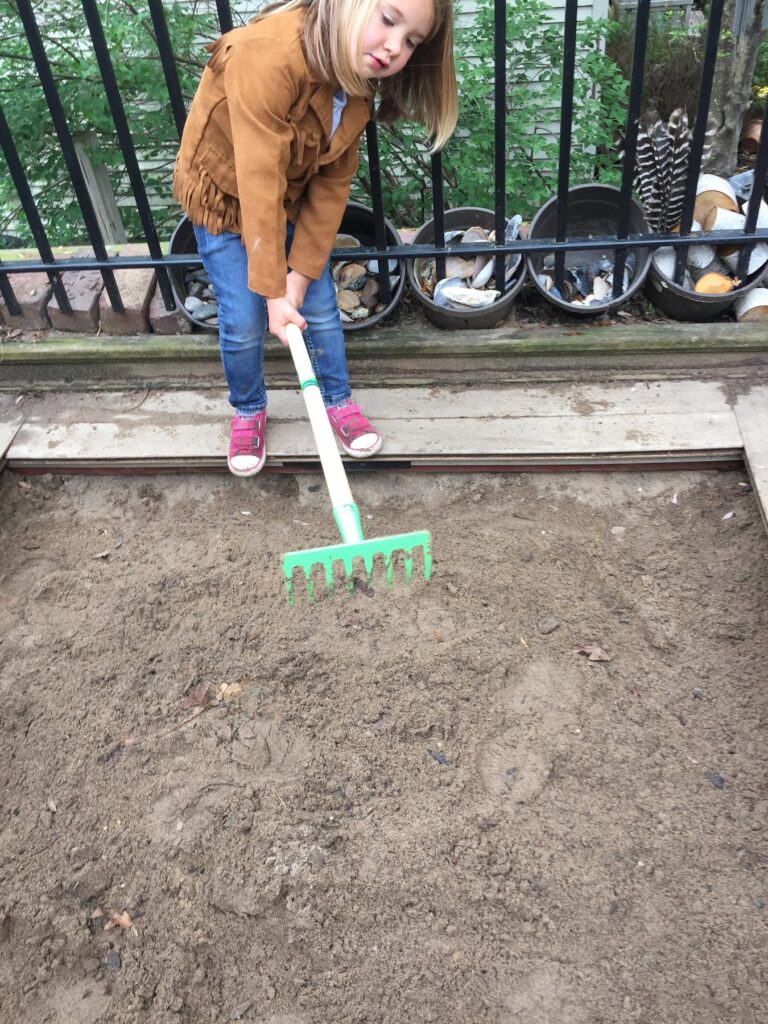
In the simple language of a five-year-old, Rokia has explained the properties of materials and the laws of physics that control them.
Hands-on investigations like these allow children to explore concepts such as texture, weight and how materials interact.
When young children build and construct things, they are doing more than just having fun. They are practicing basic engineering skills.
As they design and test, they also begin to develop their critical thinking and spatial reasoning skills.
“Ugh, I just poured water in this moat and it disappeared," says another aspiring sand engineer. "It was completely sucked up by the dry sand. Let’s all go get more water at the same time and see if we can keep some water in the moat!”
“Great idea," shouts Rokia as they all dash off to get water. "But not too much water because that will make the moat weaker and sink our sandcastle!”
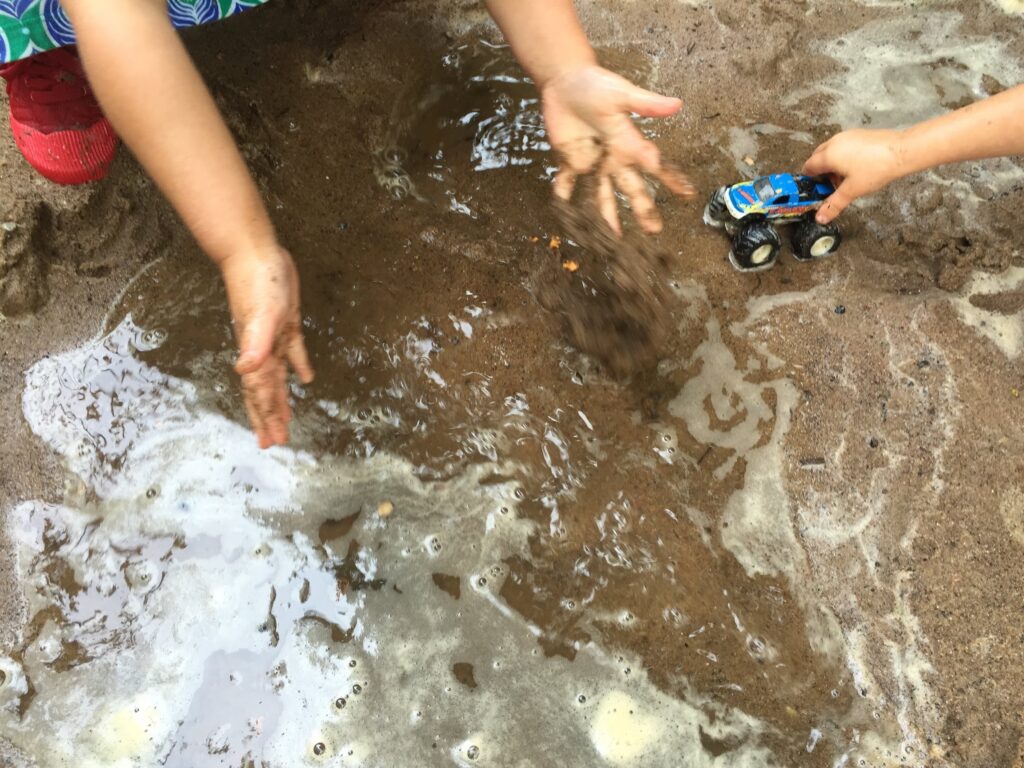
Even at this young age, children begin to grasp fundamental engineering principles such as absorption, stability, balance, and the effects of gravity.
Building a sandcastle requires patience and resilience. Children learn to persist in the face of setbacks, refining their designs and techniques until they achieve their desired outcomes.
“What do you like better, a tall sandcastle or a longer castle that takes up the whole sandbox?” Logan asks his friends.
“I like it when we take up the whole space," answers Juan. "Like, Rokia is our best sandcastle builder and I think I am the best moat builder. Logan always makes cool bridges and flags and walls with the loose parts."
“Definitely!” agrees Rokia
“Don’t you think it makes our sandcastle stronger when we add shells and sticks and rocks to it?” asks Juan.
“Rocks and sticks definitely make it stronger!” agrees Logan.
Rokia tilts her head, pondering the question. “I think the water actually makes it stronger—because when the sandcastle dries out, it crumbles even with the rocks and shells.”
“Oh yeah! You’re right!” her friends agree.
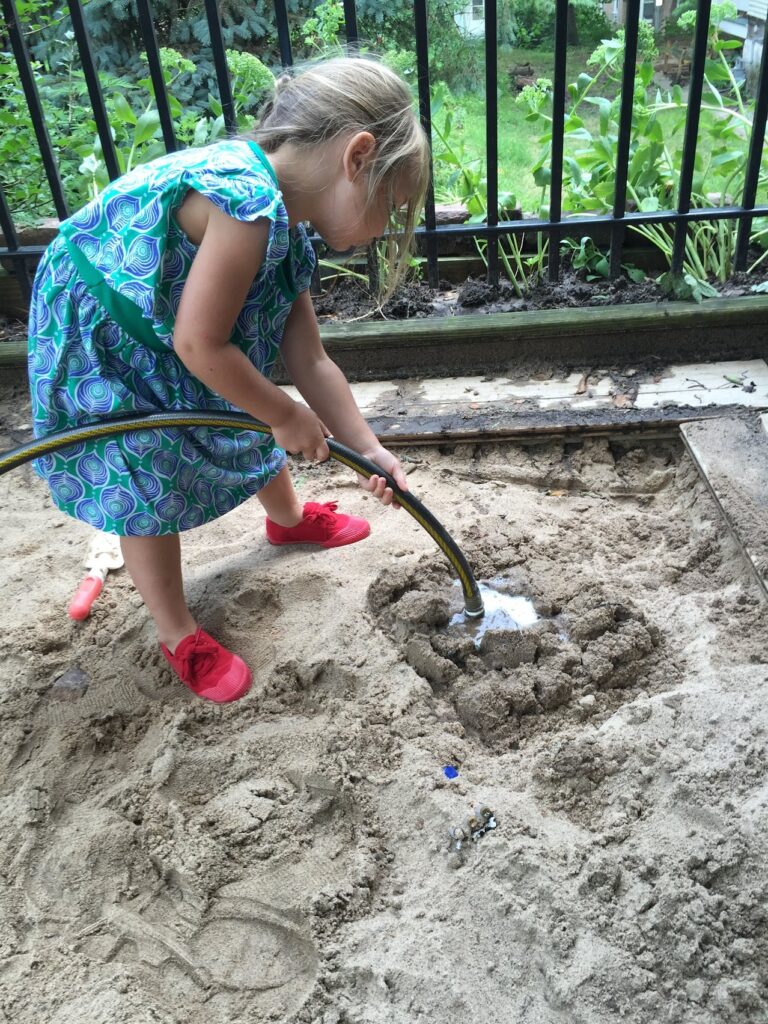
For children, engineering is about play. Through their play, young children solve engineering challenges by simply creating sandcastles.
Children are often compelled to answer their own questions by conducting investigations, which frequently lead to the discovery of other interesting questions to explore.
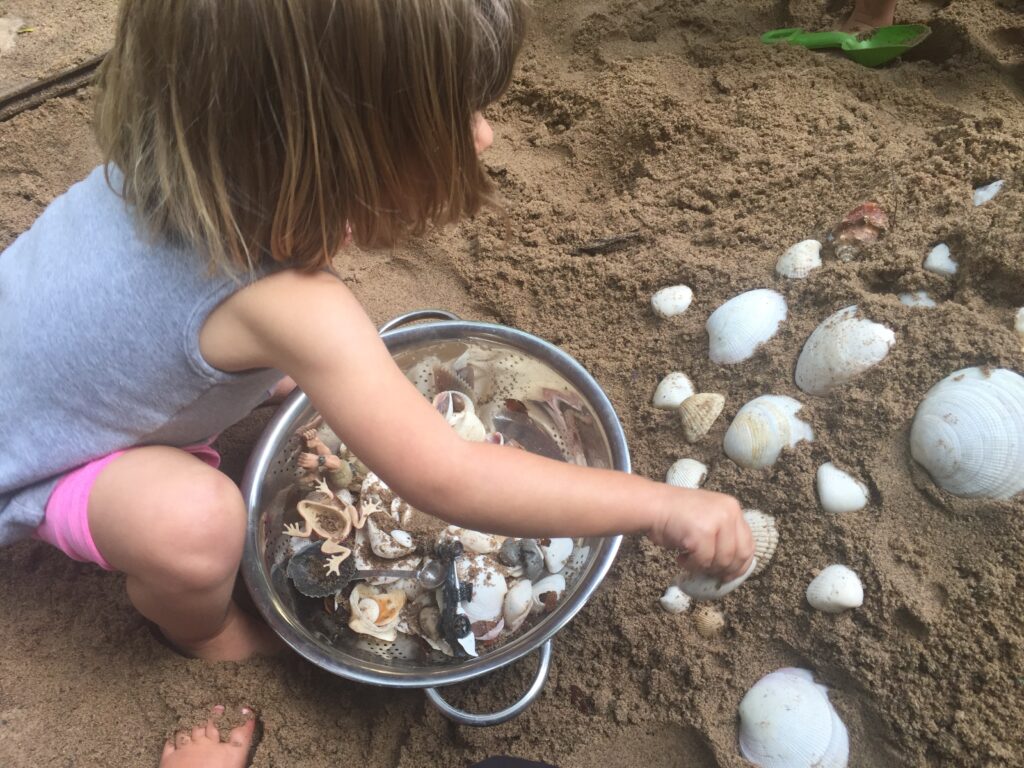
If you have a sand area that isn’t getting used much, water is a key part of the puzzle. Be sure to rake the sand each morning when you're setting up for the day. This not only brings the wet sand up to the top but creates a blank canvas just waiting for a team of future engineers!
Children naturally engage in engineering exploration and discovery early in life. By harnessing their innate curiosity about how things work—and how to make them work better—we can prepare today's early learners to be the innovators and problem-solvers of tomorrow.
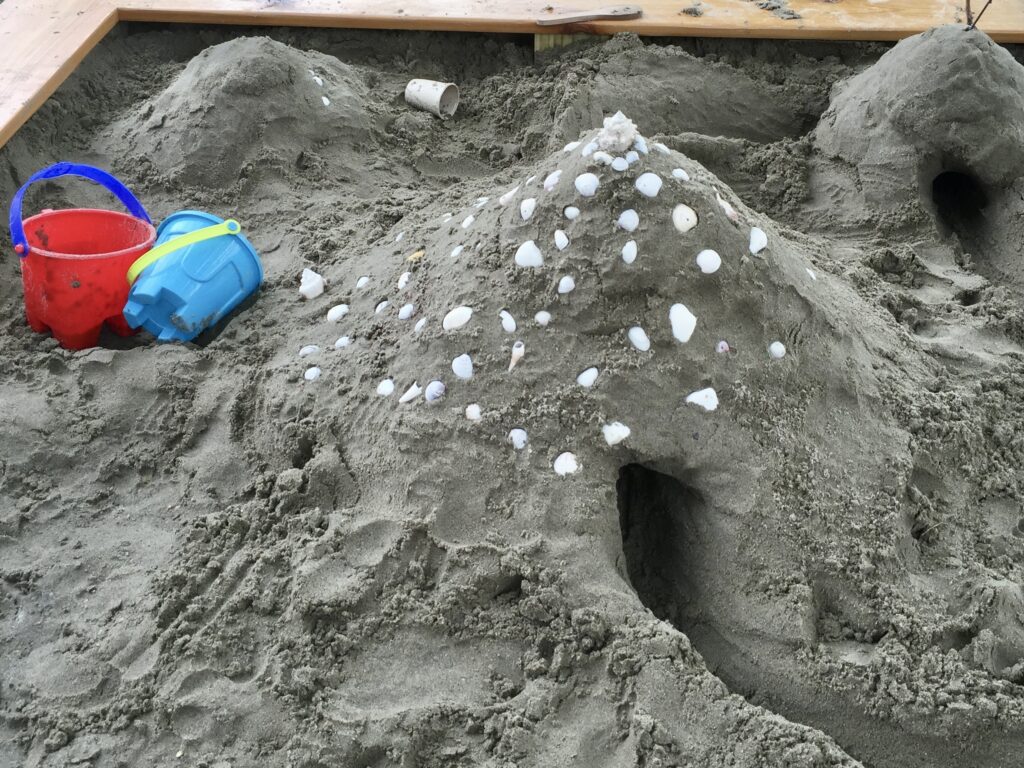
Looking for some sandcastle books to add to your summer library? Here are few of our favorites:
